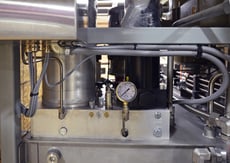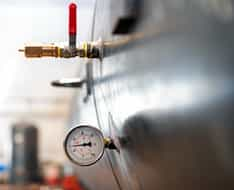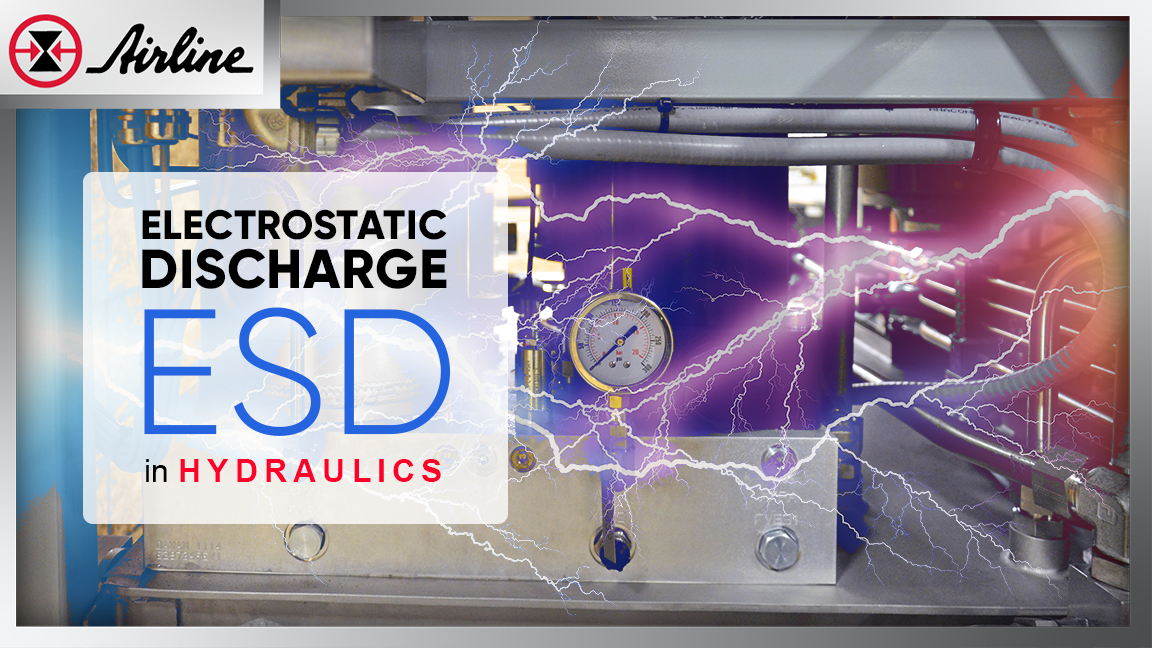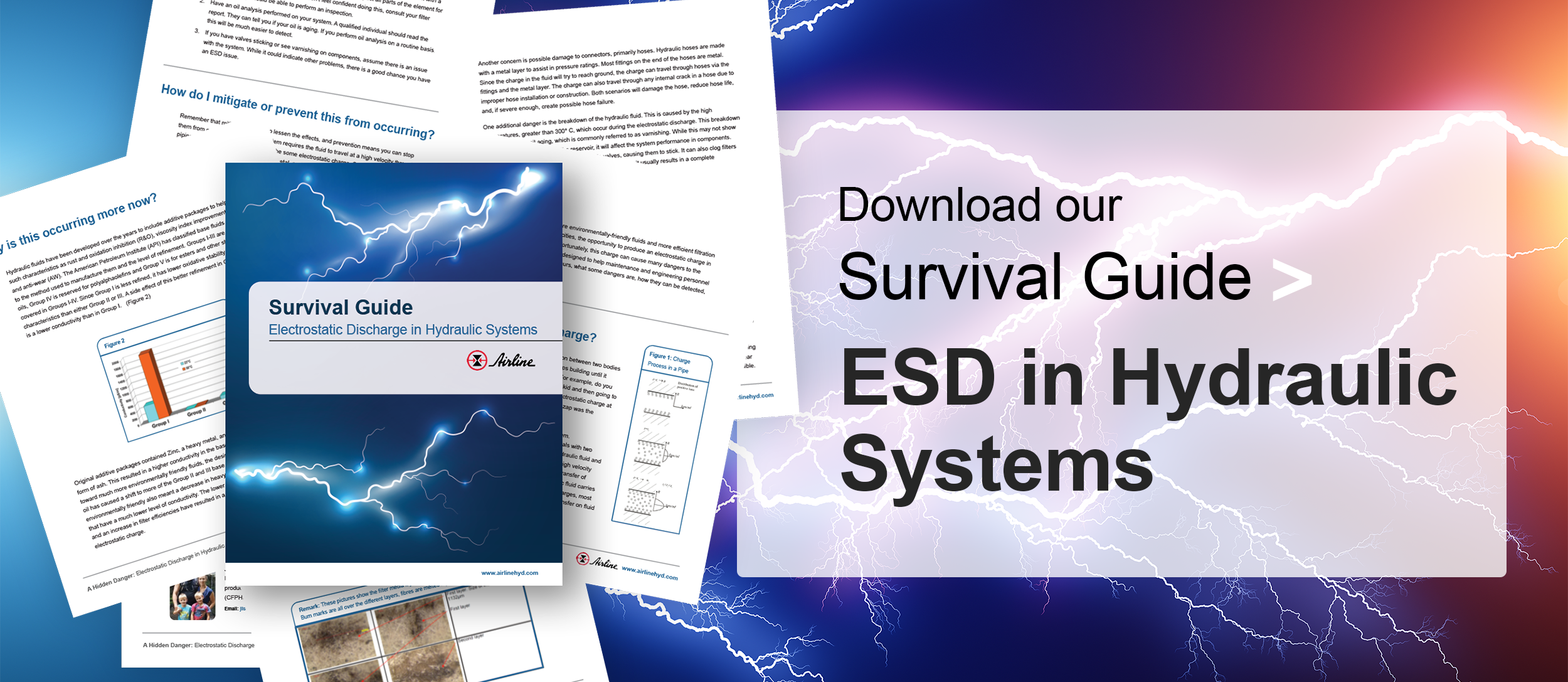Electrostatic discharge (ESD) is a common problem in hydraulic systems, and it can cause damage to hydraulic components, systems, and people. Today's blog post will cover ESD, how it presents itself in hydraulic systems, and why it should be avoided/mitigated.
Skip to a Section
What is ESD? | Why is ESD in hydraulics? | Why is ESD a problem? | Additional Resources
What is electrostatic discharge (ESD)?
ESD is short for electrostatic discharge and is an unwanted electrical event resulting from an electrical charge building in a system. ESD is often the result of static electricity. Read our article about static electricity basics to get a quick chemistry class on what causes this phenomenon and why it worsens in winter.
Why is ESD present in hydraulic systems?

In a modern-day hydraulic system, ESD is not uncommon because you have materials with two electron energies: Your hydraulic fluid and filter media. As your hydraulic fluid travels at a high velocity through the system and components, there will be a charge transfer to the hydraulic fluid. The fast-moving hydraulic fluid carries this charge until it reaches a threshold value and discharges, most likely in the form of a spark -this is where the problems begin.
|
|
Why is ESD a problem in fluid power?
There are several risks when introducing an electric current to your hydraulic system.
 ESD event in the hydraulic tank
ESD event in the hydraulic tank
The most dangerous event occurs if sparks occur downstream of your filter, within the tank itself. When a hydraulic system operates, the tank's headspace will fill with air and atomized hydraulic fluid. A spark would cause the fluid to combust, resulting in blown tank seals, components on the tank becoming projectiles, spraying hydraulic fluid, and the potential for fire.
ESD affecting filter elements
The next issue is the damage to the filter element. ESD causes localized high temperatures over 300° C. and will burn small holes within the component. Unfortunately, the burn holes are much larger than the filter's micron rating, allowing contamination to pass through the filter to the rest of the system. In addition, the electrostatic discharge renders the filter ineffective, so contaminated fluid will flow through the system causing damage to components, possibly malfunctioning valves, and creating costly downtime and repairs.
ESD damaging hose and connectors
Hydraulic hoses are made with a metal layer to assist in pressure ratings, and most fittings on the end of the hoses are metal. As a result, the charge will damage the hose, reduce its life, and create possible hose failure.
ESD varnishing hydraulic fluid
The last danger is the breakdown of the hydraulic fluid. Remember that an ESD event creates temperatures greater than 300° C.? This will cause a rapid hydraulic fluid breakdown, usually resulting from oil aging, commonly referred to as varnishing. Varnish deposits can appear in valves, causing them to stick. It can also clog filters and damage pumps and motors. When this occurs, it usually results in a complete change-out of the system's fluid and cleaning of the entire system - this can be a very costly situation.
In summary, ESD is a genuine issue for fluid power equipment. It affects personnel safety, equipment safety, and equipment reliability. The best ways to combat this issue are education and mitigation. To learn to detect if ESD is in your system (and what to do if it is), download our complete Survival Guide: ESD in Hydraulic Systems.
Additional Tools & Resources
Survival Guide: ESD in Hydraulic Systems
Stat-free Filter Elements by HYDAC










Leave Comment